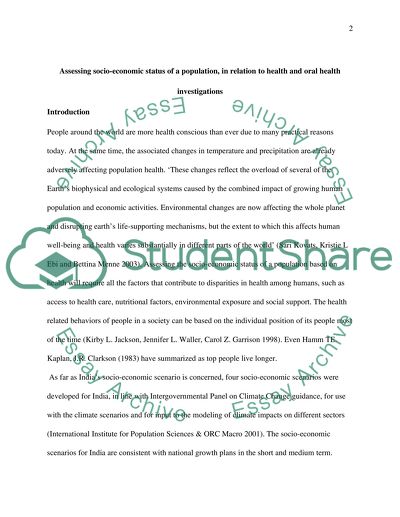Cite this document
(“Socio-economic status of a population Essay Example | Topics and Well Written Essays - 3250 words”, n.d.)
Socio-economic status of a population Essay Example | Topics and Well Written Essays - 3250 words. Retrieved from https://studentshare.org/sociology/1517998-socio-economic-status-of-a-population
Socio-economic status of a population Essay Example | Topics and Well Written Essays - 3250 words. Retrieved from https://studentshare.org/sociology/1517998-socio-economic-status-of-a-population
(Socio-Economic Status of a Population Essay Example | Topics and Well Written Essays - 3250 Words)
Socio-Economic Status of a Population Essay Example | Topics and Well Written Essays - 3250 Words. https://studentshare.org/sociology/1517998-socio-economic-status-of-a-population.
Socio-Economic Status of a Population Essay Example | Topics and Well Written Essays - 3250 Words. https://studentshare.org/sociology/1517998-socio-economic-status-of-a-population.
“Socio-Economic Status of a Population Essay Example | Topics and Well Written Essays - 3250 Words”, n.d. https://studentshare.org/sociology/1517998-socio-economic-status-of-a-population.


